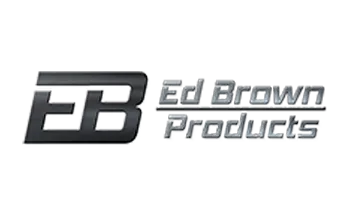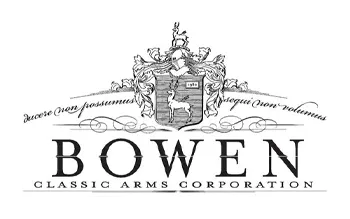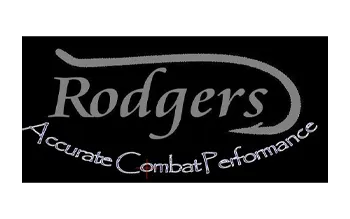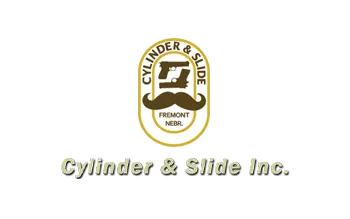Customers are asking more frequently for headspace gauges with ejector and/or extractor relief cuts. While we have made gauges with these features in the past, it’s been for large orders and specific customers who usually have to meet governmental requirements.
Our standard headspace gauges don’t have these features, and, in our opinion, don’t need them. Read on to find out why we say this. Comments below assume both extractor and ejector are working as designed.
Extractor Relief
Our gauges are made with full-circumference rims that are no larger or thicker than the rims of the cartridge you’re shooting. If the cartridge rim will slip under the extractor, the rim of the gauge will also. Having a full-diameter head, our gauges will locate against the bolt face more consistently than will gauges with one-third or one-half of the head cut away.
Ejector Relief
Plunger-type ejectors seem to be the concern because fixed ejectors within the receiver don’t contact the gauge head during headspacing. The ejector plunger does contact the gauge head and must be compressed so the gauge head may seat squarely on the bolt face. This is exactly what happens when the rim of the gauge is hooked under the extractor and pivoted to line up with and enter the chamber.
Once released by the gunsmith after entering the chamber, the gauge is pressed against the chamber wall by the ejector. As the action is closed, the gauge centers up against the shoulder of the chamber, which forces the gauge straight within the chamber and the gauge head against the bolt face. If there’s more than minimum headspace, the minimum gauge may remain slightly tipped—but you know you have at least minimum headspace. If the action won’t close on the maximum gauge, the gauge will be straight within the chamber and flat against the bolt face—and you know headspace is less than maximum.
Hope this helps in your gunsmithing work. (For a printable format see Tool Instructions/Useful Information).









































